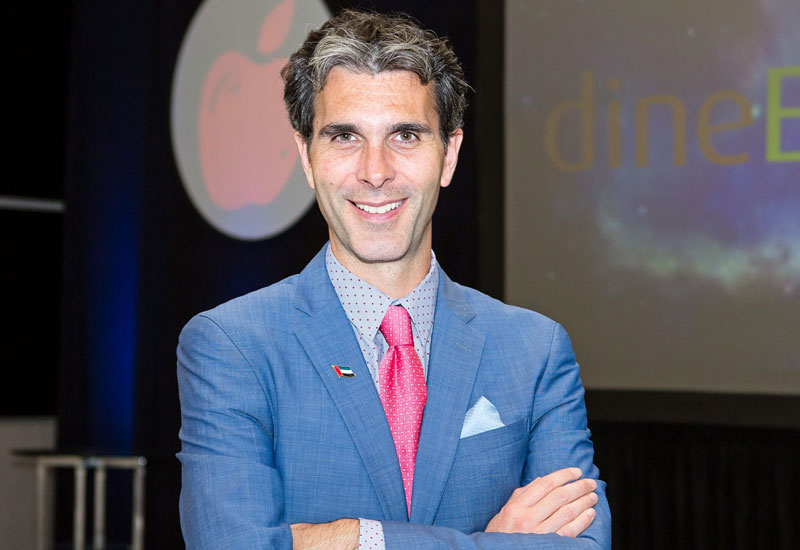Applebee’s locations across the world have a bar, which takes care of the theatre and engagement aspects. For the Middle East and in view of its cultural sensitivities, Dine Equity created a new concept, sans bar, and decided to incorporate the engagement and showmanship elements in other ways.
Olmo says: “Applebee’s is ultimately a grill and that plays a key role at the restaurant. So why not showcase the grill? That way, people will be able to appreciate the food theatre. In the case of IHOP, we are all about pancakes, so we will show how they are made. Intuitively, that becomes the core heart of the operations of the restaurant.”
New kitchen rules are accompanied by a new menu for both the brands, which will be rolled out by the end of 2015. It has been designed to incorporate Middle Eastern flavours, with locally relevant products.

| Advertisement |
“The way we approach our culinary innovation is by working together with the local talent and our international culinary team. So in the case of Applebee’s, we have introduced items like lamb ribs, and for IHOP we have introduced a special type of pancake, with local products.”
PRICE POINTS
The Middle East makes up nearly 20% of Dine Equity’s franchises, with 41 out of its 220 outlets based in the region. Moreover, half of them have already signed up for extension agreements, leading to nearly doubling the brands’ presence in the next five years.
It was, therefore, imperative to price the products right for the market, and a study was conducted to determine the optimal price. It was on–going when Caterer Middle East spoke to Olmo, and while he couldn’t share the findings yet, he did say that this market is important and the idea is to deliver the best value propositions.
“Over the next five years, we believe that the three key markets that will lead the growth across the world are the Middle East, Asia and Latin America. They are all tied to similar socio–economic factors that help drive both the demand for our brands, as well as the accelerated growth through our franchise partners in each of the markets.”
PLANS IN ACTION
The 18–month–long project, its findings and consequent action plan has been shared with Middle East franchisees, and is expected to come into effect in the next 12–18 months. Olmo adds: “Our partners will embrace this change and implement it in the restaurants going forward, as well as look at which existing restaurants will undergo this change. We are leaving it up to our partners to make the right decision, in terms of time and location, as to when and where this change will happen.”
Dine Equity has its regional office in Dubai, with a team for operations, marketing, and supply-chain management. At the international office, culinary, training and market opening teams are present, who work in close coordination with regional partners. “All our resources are brought in as needed to assist the franchisee. The team will work with local partners to translate the positioning and creative strategy for them,” says Olmo.
Dine Equity regional vice president & general manager Middle East and Asia Gary Moore concludes: “It’s not the culmination; it’s the intersection. A lot has been going on for the last 18 months; it was a lot of effort but the response from franchisees has been fantastic. We based everything on what our franchise partners and consumers told us. We didn’t just come up with it for the sake of it, a lot of thought went into it.”









 Search our database of more than 2,700 industry companies
Search our database of more than 2,700 industry companies









